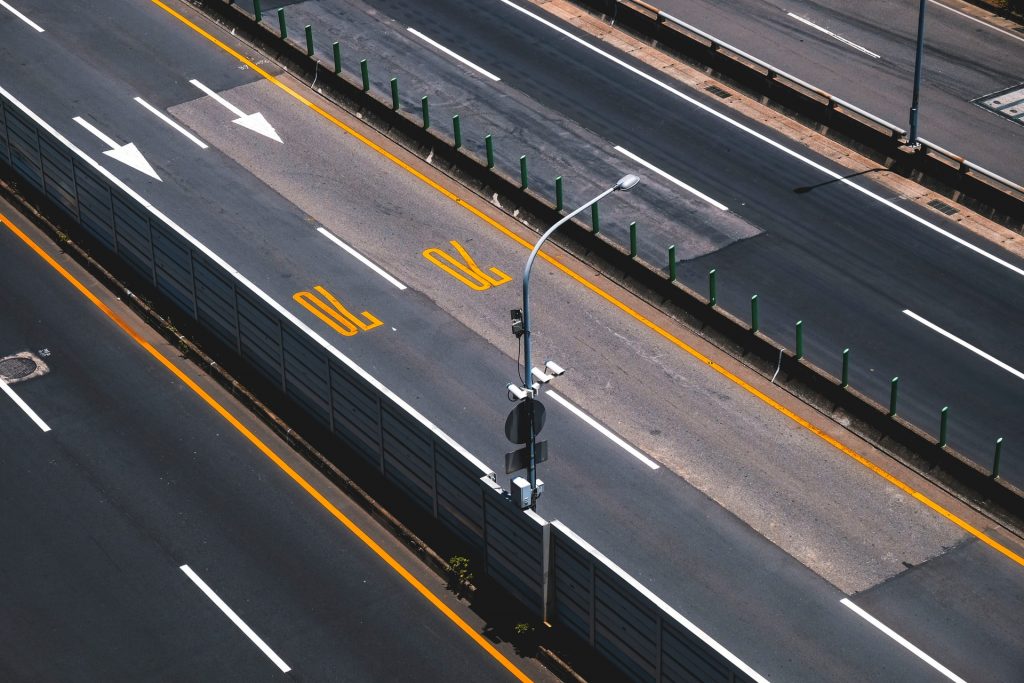How Will Marijuana Impact Canadian Drivers?

While there hasn’t been a timeline of when exactly marijuana will become legal and available for purchase, cities across the country have been preparing methods to regulate marijuana. The legalization of marijuana brings forth a new problem of controlling the use of the drugs amongst drivers.
A sheriff from Washington state explained to the Huffington Post in 2015 that he had not seen an increase in drivers who drove under the influence of marijuana even after it became legalized. Sheriff John Urquhart says, “Some people drove impaired on marijuana before legalization, and about the same number will do so after legalization.” Still, a Forum Research poll conducted in 2015 suggested that about five million adults across Canada currently smoke pot once a month. And with the legalization of marijuana this number could increase by 19 per cent, with over 900,000 more people joining. The increased possibility of marijuana being used behind the wheel is definitely a topic Canadians need to be thinking about.
Effects on driving
The Canadian Automobile Association commissioned a poll in 2016 and found that two thirds of respondents were concerned about road safety once marijuana becomes legal. Jeff Walker of the CAA said in a release, “There are a lot of misconceptions out there that marijuana doesn’t affect your driving, or even worse, it makes you a better driver.” However, a 2015 study done by the National Highway Traffic Safety Administration in the United States found that marijuana smokers only had a slightly higher risk of being in a traffic accident than sober drivers. The survey of more than 10,000 drivers in Virginia Beach, Va., found no “significant increased risk of crash involvement.”
Still, marijuana affects a person’s brain functions and can affect how they drive compared to how they would normally drive sober. Many drivers who are high from marijuana feel they are safer drivers than those who are drunk from alcohol. This is because drunk drivers typically feel they are more capable than they actually are. This attitude can lead to them taking more risks behind the wheel, such as speeding, following other cars too closely, and passing cars dangerously. In comparison, drivers who are high typically think they are more impaired than they actually are. This results in those who are high to try to come across as sober by driving well under the speed limit, leaving lots of space between cars, and not passing other cars.
Even though drivers who are high may seem to drive safer, marijuana can still affect how they react to situations behind the wheel. The Canadian Public Health Association has a fact sh
eet explaining that drivers who are high take longer to make decisions which can impact their reaction time behind the wheel. Drivers who are high also have trouble concentrating, and some may focus too much on one aspect of driving while forgetting other important tasks when driving.
Driving under the influence
Before Canada legalizes marijuana, a limit to how high a person can be behind the wheel must be implemented. In a 2007 study, researchers suggested that a blood-THC level of seven to 10 nanograms of THC per millilitre of blood was equivalent to a blood-alcohol level of 0.05 per cent. However, THC can be detected in a person’s blood long after the person shows any effects of being high. Colorado law states that anyone with five nanograms of active THC in their blood can be prosecuted for driving under the influence. While both Colorado and Washington state use a blood-THC limit to regulate drivers, the levels of THC also decrease by the time police are able to get the user to the station for testing. Almost 80 per cent of drivers suspected for driving under the influence of drugs typically test for less than the five nanogram limit.
Due to Canada not having a set limit for marijuana yet, court judges currently use drug-recognition experts as a form of evidence to prosecute those who drive under the influence. Drug-recognition experts (DREs) are police officers who undergo long training hours to be certified to conduct testing on drivers suspected of using drugs while driving. The process is expensive and lengthy, rounding out to about $17,000 for one officer to be certified. There are currently not very many police officers certified as DREs. The drug testing that DREs do is cumbersome and time consuming. Often by the time the testing is administered, the impaired driver has sobered up. Court judges also only use DREs as opinions, rather than hard facts because DREs are judging how high a person is without tangible evidence.
Police jurisdictions across Canada are currently looking for easy ways to identify drivers who are under the influence of marijuana. However, unlike alcohol, simple tests like breath analyzers are not available for marijuana. Two of the most reliable methods is through urine testing and blood testing. Both tests can detect THC, but are unable to pinpoint when exactly a person was high. Blood testing is also expensive to conduct.
Many jurisdictions are looking into saliva swab tests. One of these tests, called DrugWipe is currently being tested in a pilot project in Colorado. DrugWipe can scan for the presence of cannabis, opiates, amphetamine and methamphetamine. The test can detect when a person’s blood-THC level is at least 0.1 nanograms per millilitre. These types of tests would make roadside testing easy, and quick. It would make the process more efficient and more accurate for police officers to keep drivers who are under the influence of marijuana off the roads.
Public education
The importance of public education of the effects, risks and dangers of driving under the influence of marijuana will be key once cannabis is made legal in Canada. The CAA is lobbying for a government-funded program that will warn drivers and bring awareness to the issue. Federal Health Minister Jane Philpott says that it will take time to implement regulatory processes and systems within all the provinces. She says, “We need to make sure that there is a strict regulatory process in place and that there are restrictions in terms of access. We also have work to do on the public education front.”
If you have been injured due to a drive under the influence, either in your vehicle or as a pedestrian, contact us today to learn about how we can help you receive the compensation you deserve.






